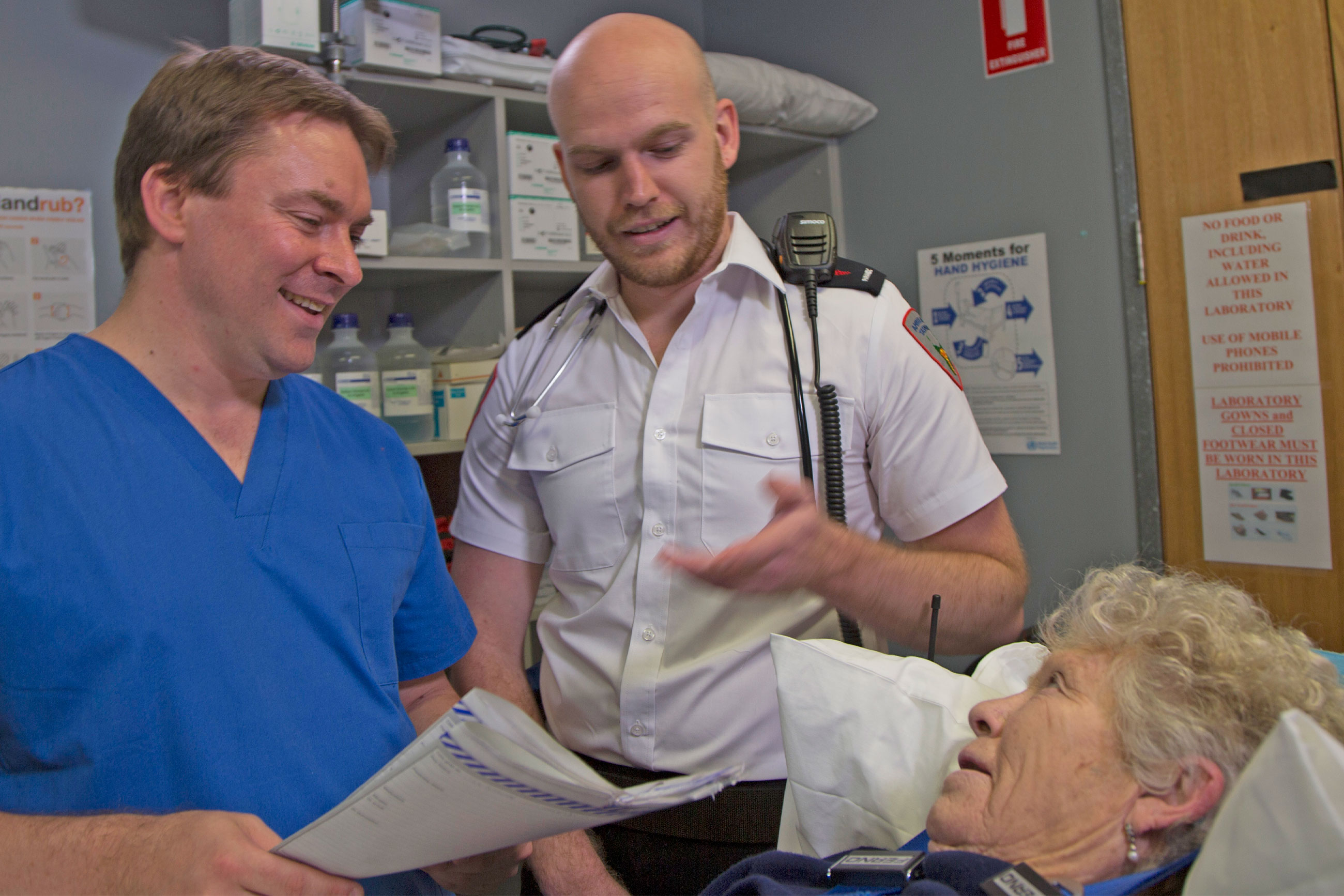Communication strategies
The seven Cs of communication
The seven Cs of communication are a set of principles originally developed in 1952 by Cutlip and Center, to help people identify and remember the important components of effective communication.
Effective communication is:
- clear - communicate one message or idea at a time. Avoid overloading the audience with too many different ideas or messages, and break down the information into manageable chunks
- concise - effective communication should use the least amount of words necessary to convey the required information
- concrete - effective communication is clear and concrete and avoids ambiguity
- correct - always ensure communication is grammatically correct
- considerate - effective communication considers the person’s background, education level, mindset and anything else that may affect their ability to understand the conveyed message
- complete - the communication must convey all the information needed by the listener(s)
- courteous - be respectful of the person receiving your information. Be polite, sincere and judicious
Teach-back
There are several skills that can be useful when communicating with people.
One skill that can be used to confirm whether a person has understood what has been said to them is called teach-back.
In teach-back, the person restates information they have just been given, using their own words.
The number of identified steps in the teach-back process can vary, depending on the source of information. There are generally four to five steps.
Step 1
Start by giving one piece of information, breaking it into smaller pieces if necessary. This might be about e.g. a persons appointment or instructions for a medication.
Step 2
Once you have conveyed the piece of information, check the person’s recall and understanding by asking them to restate what you said in their own words.
When asking them to do this, say that you want to make sure that you have explained things properly, so the person doesn’t feel ‘tested’.
Step 3
If the person has agreed to take any particular actions, ask them to confirm these to you.
If the person has not understood any aspect of the information, go back to steps one and two. Repeat the process until the client can demonstrate they have understood.
Step 4
If the person has understood the first piece of information, introduce the next one.
Useful tip
People learn in many ways. Some prefer a visual approach that includes pictures and diagrams, while others may prefer an auditory style in which they learn by listening and speaking. Others prefer to learn by observation and doing.


